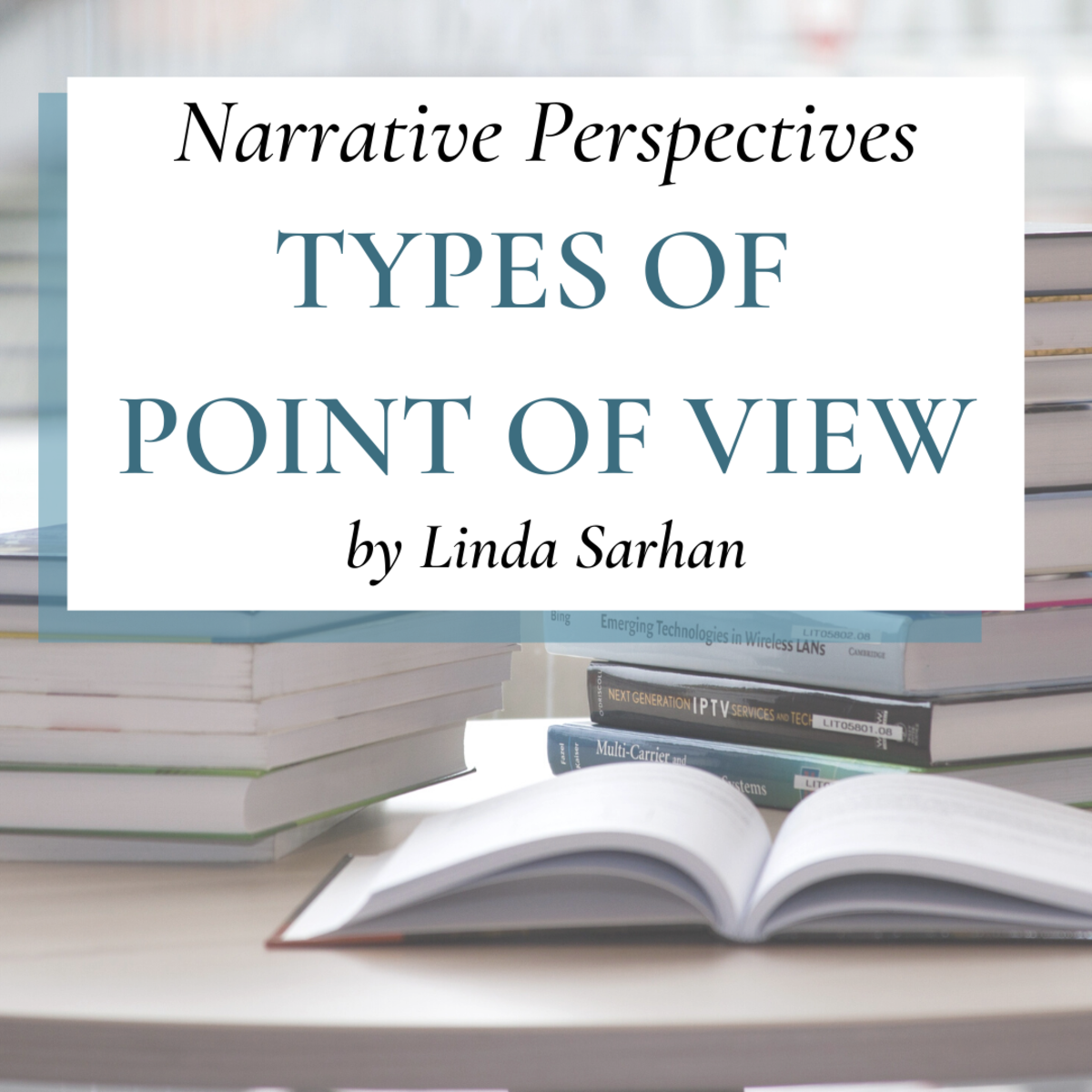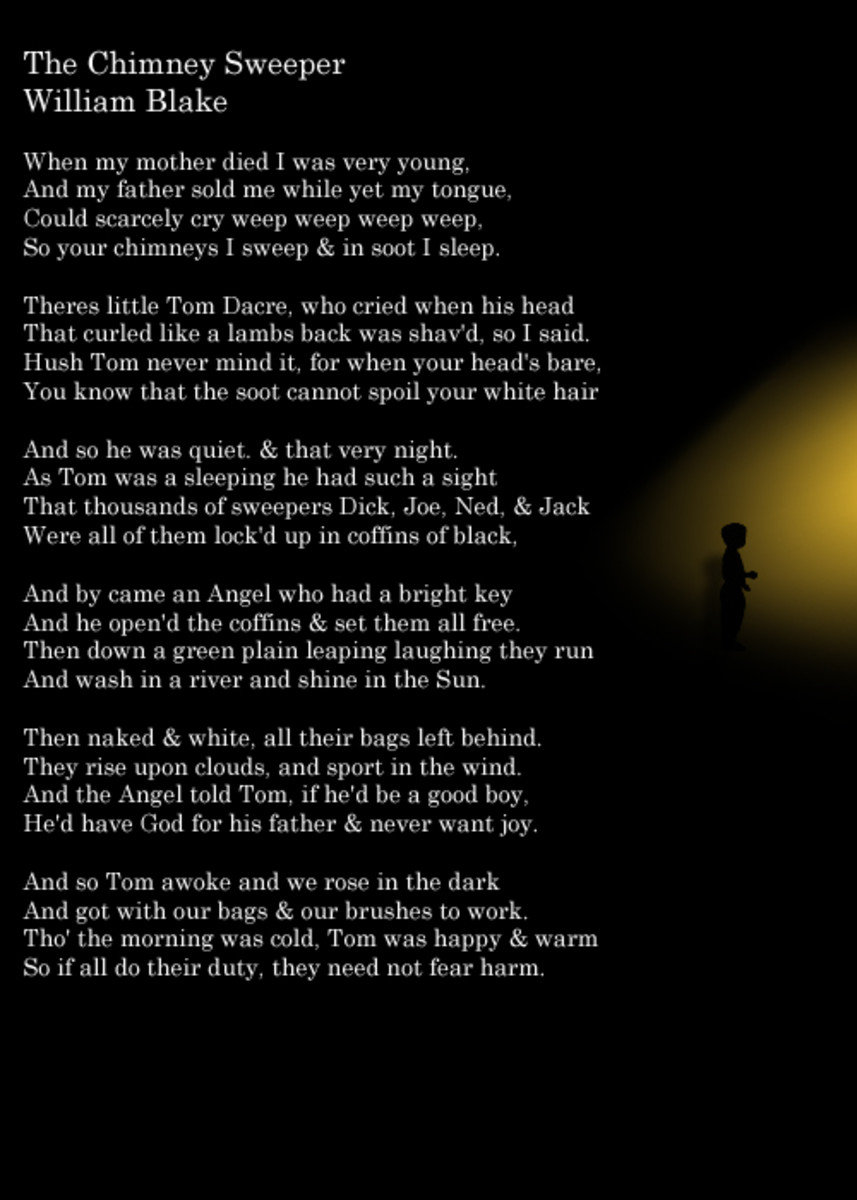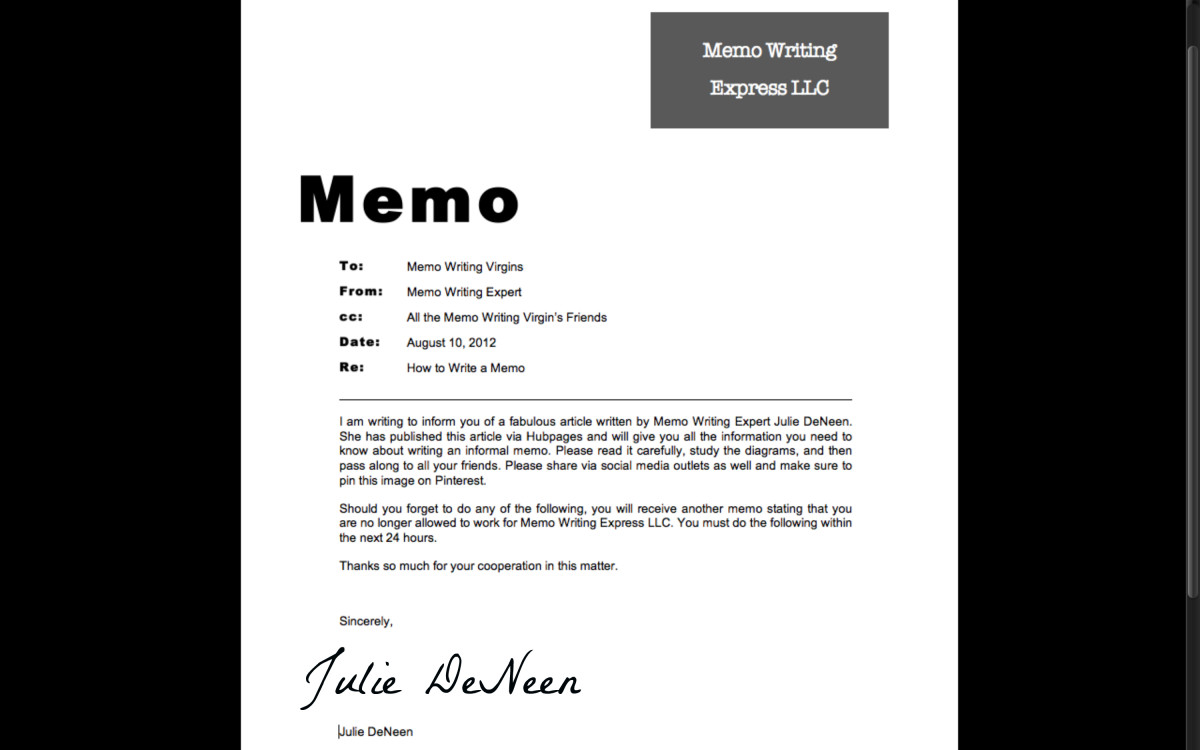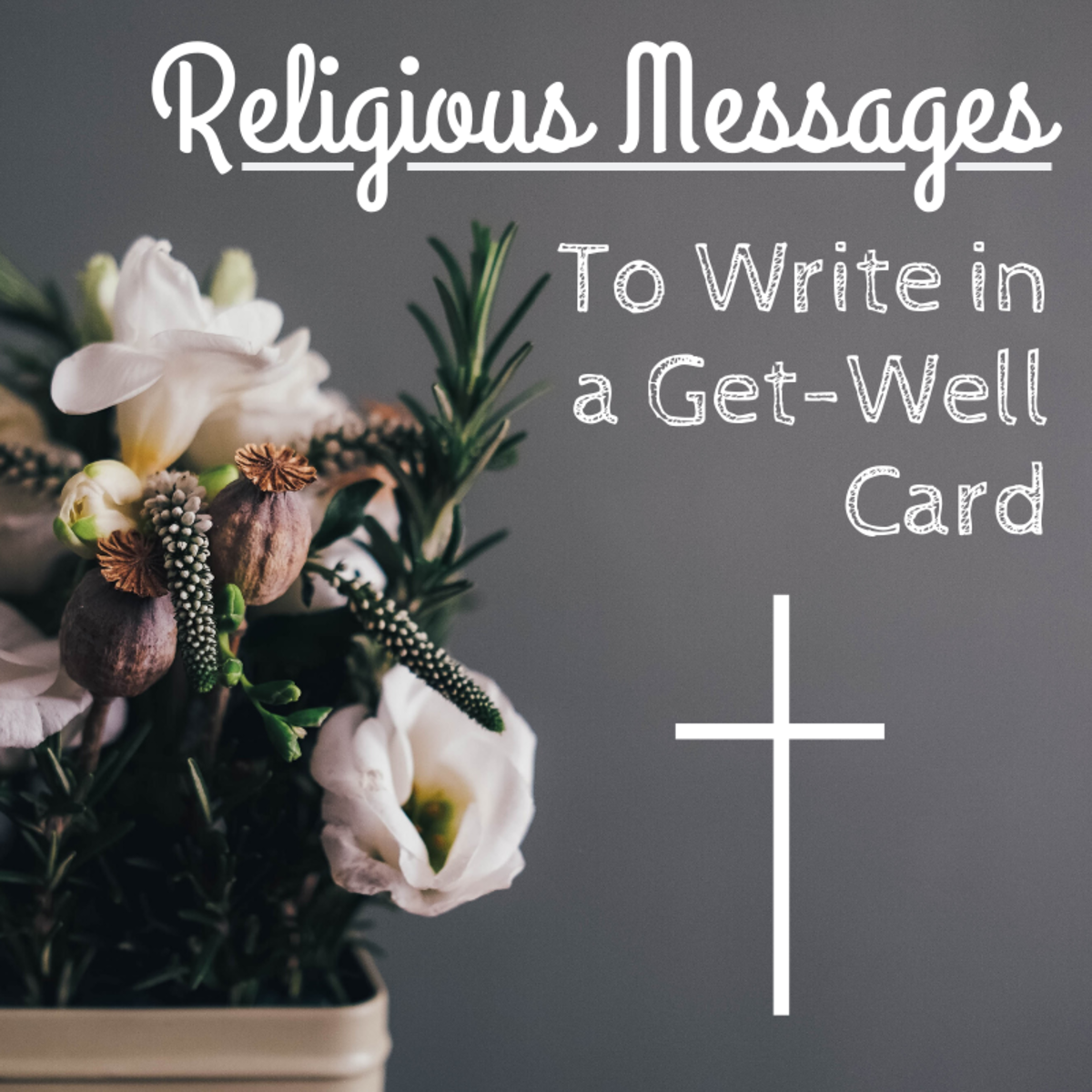The Power of Point of View

NOTE
Words with " * " before them are defined on the right side of the article for easy reference.
Defining Point of View
Point of View is the term used when categorizing the *narrator of a written piece of work. It's where the narrator or author are speaking from, or their perspective.
Though there are ways to mix and switch back and forth between points of view, there are three types that authors use.
Three Types
The three points of view are First, Second, and Third.
The best way to remember the difference between the three is to think of a group of people.
The first person in the group is yourself. The second person in the group is your best friend, and three's company!

Defining Useful Terms
Narrator - Not always the author of a piece; the silent voice telling the story or information.
Object, of a sentence - The word of the sentence that is a person or thing having an action done to them.
Subject, of a sentence - The word of the sentence that is a person or thing completing an action.
First Person - The Self
Let's go a little more in-depth. When you talk about yourself, you will stick to the following pronouns:
- I
- Me
- Myself
Pronouns are of course a way to vary how you speak. It enables you to mix-up words rather than play a list on repeat. (i.e. "I went to the store. Then I went to the library, where the librarian gave I a book.")
Pronouns also serve specific functions to help observers differentiate whether a person is doing an action, having an action done to them, or whether that person stands alone.
The word "I" is specifically used when talking about an action, a thought, etc., when the "I" is the one completing the action. (i.e. I gave that to you.)
The word "me" is specifically used when talking about an action or a thought as well, but only when "me" is on the receiving end. (You gave that to me.)
The word "myself" is specifically used when speaking of the self as an isolated entity. There is no paired *object to *subject with action; only the subject and the subject. (i.e. I gave that to myself.)
First Person In Text
Someone uses the first person in a piece of writing to be informal or feel close to the reader, or to make it so that the reader feels close to the narrator.
When a reader feels relatable to the narrator of a story, personal thoughts, individual feelings, private life happenings become important. This is usually the writer's goal.
For example, when Katniss Everdeen's sister was chosen as tribute in The Hunger Games, we all felt Katniss's shock. We know her connection to her sister is as strong as it could be.
The first person narration of the series gives us insight into Katniss's feelings, thoughts, and personality. We each felt connected by our souls with her, and I know I couldn't have been the only one who wasn't the least surprised Katniss took her sister's place. It is the first person point of view that allows this relatable story to enter our hearts.
Second Person - The Informal You
Just as we stick with the I, me, and myself in the first person, second person narratives have their own pronouns:
- You
- Yourself
- We

Unlike many other languages around the world, English only has an informal "you" and "we". While both pronouns can be used in different ways, each requires a level of intimacy.
For example, "Hey, you," is a greeting often used for a loved one or close friend. Meanwhile, "Do I know you?" clearly shows the characters as strangers.
"You're grounded!" is reserved for the intimacy of a parent, while "How dare you!" could be said by either an offended sibling or a jostled passenger on a subway.
The word "we" can refer to a small close-knit friendship or a large organization a person refers to when trying to recruit a new employee. In speech, we use these pronouns glibly. It's a different story for the second person point of view when it's in written form.
- The Fourth Wall - The assumption that the characters, and even the narrator, of a piece are unaware of the presence of an audience.
- Speaker - Simplest: the *narrator of a poem. Because a poem is direct, it is a voice, therefore a speaker.
- Farce - a comic piece of work using tomfoolery. It's usually crude and uses ludicrously improbable situations.
Second Person In Text
The use of second person point of view in fiction is uncommon. This is because of *The Fourth Wall used in all stories, whether it's on stage, in the movie theater, or on the page of a book. It's the "wall" through which the audience of a piece "sees" what's going on in the story.
To break this wall, to acknowledge the existence of an audience, or to even address an audience directly, is more often used in farcical pieces or in poetry.
The goal for a piece of *farce is to elicit a reaction, whether because of a hot topic in religion, politics, morality, etc., and most of that goal wants a specific reaction of laughter.
The best way to elicit a reaction from anyone is to be personal with them.
As for poetry, the acknowledgement of an audience is to elicit emotion. By speaking straight to the reader, a poem often invites, but even more often it dares the reader to share the feelings of the *speaker.
Watch the Top Ten Fourth Wall Breaks in Films
The best example of a farce is SNL (Saturday Night Live). This show's job is to make fun of politics and religion and other issues heatedly fought over since the beginning of time--but mostly recently.
The skits on the show include mock news reports and press releases, where the comedians act as big name people in political issues. Often, the actors and comedians will stop what they're doing to nod or wink at the audience, or to acknowledge the camera directly. These pauses only emphasize the jokes they're trying to make, and breaking the fourth wall is a way of including the audience or giving them permission to react louder.

Third Person - The Others
While the first two points of view have limited pronouns to use when describing characters or other players in a story, the third person point of view has so many that I won't be able to put them all here!
The most common pronouns are the binary pronouns such as she, her, he, and him. There are also non-binary pronouns that have been around just as long, and those that are newer and gaining popularity. As societies are always fluctuating, so are the languages. This is also the case with gender and the pronouns assigned to or chosen by each.
What is non-binary and binary?
Binary means two. Simply put, it means that "he" and "she" are the only two pronouns, and they reflect the binary genders of male/man and female/woman.
Non-binary means not sticking with only two. It is breaking out of the idea that there are only right and wrong and instead welcoming all the variances that come with being a human being.
Binary Pronouns
For Male
| For Female
|
|---|---|
He
| She
|
Him
| Her
|
Himself
| Herself
|
Example Pronouns
To the right and below, I've compiled a bunch of charts that show the most common binary and non-binary pronouns as well as some newer and widely spreading pronouns that are gaining popularity. These new non-binary pronouns help those with non-binary genders identify themselves without feeling as though they have to fit in a tight square of definitions.
Defining Useful Terms
- Omniscience - The possibility of knowing everything about everyone and everything in a story.
Third Person Example Texts
Most texts are written in the third person because it allows for the narrator to have more sight into many more characters and plots. With this tool, a narrator can acknowledge more than one character's point of view of the same story, and it gives the narrator *omniscience, which is the ability to see everything.
An omniscient narrator can know and understand the thoughts and feelings of a little girl in the backwoods of Paris or in downtown Nashville, Tennessee. Having all of this knowledge lets the narrator choose when to show it to the reader, and how. With the third person point of view, the organization is up to the narrator, and pronouns are what help to show which points of view are being used.
Popular Non-Binary Pronouns
Personal Pronouns
| Demonstrative Pronouns
| Relative Pronouns
|
|---|---|---|
They
| This
| Which
|
Them
| That
| Who
|
It
| These
| Whom
|
Their
| Those
| Whose
|
Interrogative Pronouns
|
|---|
What
|
Who
|
Which
|
Whom
|
Whose
|
More Third Person in Text
The Harry Potter series is written in the third person. Jo Rowling, however, does not always utilize the omniscient opportunities that she has capable because of this. One of the only instances of omniscience that I can think of is at the beginning of Harry Potter and the Goblet of Fire where she takes us into Tom Riddle's old family's house. The point of view in that chapter is from Nagini, the snake that Lord Voldemort always keeps by his side.
Singular Indefinite Pronouns
Any
| Every
| No
| Some
|
|---|---|---|---|
Anybody
| Everybody
| Nobody
| Somebody
|
Anyone
| Everyone
| No one
| Someone
|
Anything
| Everything
| Nothing
| Something
|
3 Types Summary
- 1st - I, me, myself. The purpose is to create a closeness with the reader by offering insights to characters' thoughts and feelings.
- 2nd - You, yourself. Most common in poems and farcical plays. The goal is to speak directly to the audience through the *fourth wall to elicit reactions.
- 3rd - He, she, ze, they, xe, ne, ve, and many more. The purpose is to allow for greater number of characters or information, with the possibility of much more detail without too much repetition. Allows *narrator to be omniscient or partly so.
Defining Useful Terms
- Unreliable Narrator - a narrator, whether in literature, film, or theatre, whose credibility has been seriously compromised. To expand, this can be a character whose telling of the story is not completely accurate or credible due to problems with the character's mental state or maturity. [Study Dot Com]
Other than that single chapter at the beginning of the fourth book, the rest of the Harry Potter series is from Harry's point of view. Even though it's in the third person, we as the readers do not have any insight into what is going on elsewhere, and as a result we--and most definitely Harry--miss a lot.
For example, when Harry overhears Professor Snape talking to Professor Dumbledore in the Forbidden Forest in Harry Potter and the Half-Blood Prince, Professor Snape yells that he doesn't want to do something anymore.
Not knowing the rest of the conversation, Harry's imagination goes wild, and he makes decisions on those half-truths. Because the narrator is not omniscient in this case, both we as the readers and the characters in the story are left to rely on our own minds and guesses about the rest of the story.
And sometimes the narration is wrong! This is called an *Unreliable narrator, where the reader may automatically assume the narrator knows all, but then it turns out they don't! This can either be on purpose to aid in a later twist to the story, or just because the person the narrator focuses on isn't supposed to know.
Non-Binary Pronouns
There
| are so
| many!
|
|---|---|---|
ze(or zie)/zir/zirs/zirself
| sie/sier/siers/sierself
| per/per/pers/perself
|
xe/xem/xyr/xemself
| zed/zed/zeds/zedself
| ne/nym/nis/nymself
|
xe/xim/xis/ximself
| tey/tem/ter/temself
| ve/vis/vir/verself
|
These are only a few! The best list I've found so far is at: askanonbinary.tumblr.com/post/74544202338/list-of-pronouns. Go check them out! =)
Audience and Point of View
Knowing who your audience will be is essential when thinking of which point of view to use for your piece of writing. You'll need to keep in mind whether you want to be personal or distant, oblivious or aware of the fourth wall, omniscient or focused on only one character's point of view, or if you want to try to switch it up.
By knowing which your audience prefers, what they're most likely to prefer based on age, and what has been done in the past, you can then decide what will be best for you now. I want to list all audience possibilities, but that's for another article!
Good luck on your writing adventures, and don't forget to vote and comment! =)
Please Vote! =) I'd love to hear from you.
Which point of view do you tend to write in most?
Sources
When you don't know which point of view to choose, do a little research! Here I have compiled the websites I've gone to the most over the years to help me when I write. Feel free to take a look! If a link is broken or if you find one that better does the job, please share below! =)
http://grammar.ccc.commnet.edu/grammar/subjects.htm
https://owl.english.purdue.edu/owl/resource/754/2/
https://owl.english.purdue.edu/owl/resource/980/03/
http://www.english-grammar-revolution.com/list-of-pronouns.html
http://askanonbinary.tumblr.com/post/74544202338/list-of-pronouns
https://study.com/academy/lesson/unreliable-narrator-definition-examples.html
© 2014 Jennifer Kessner








